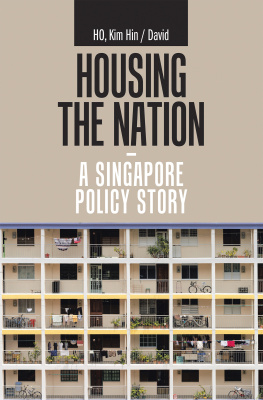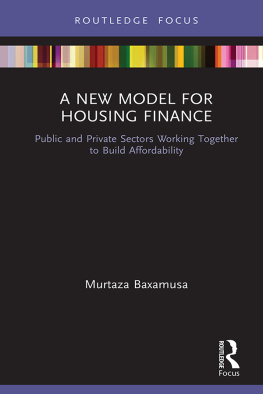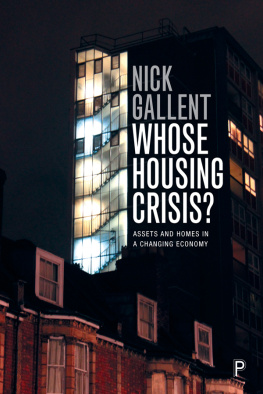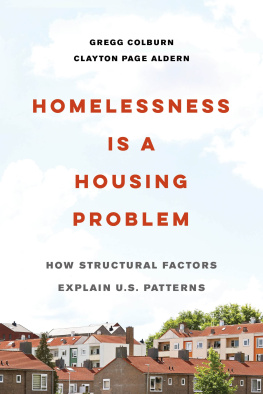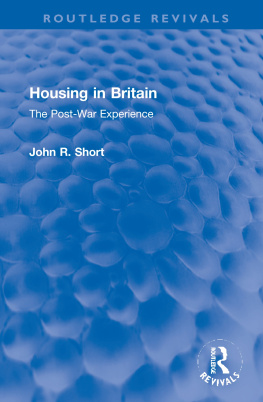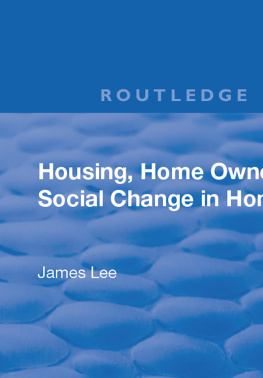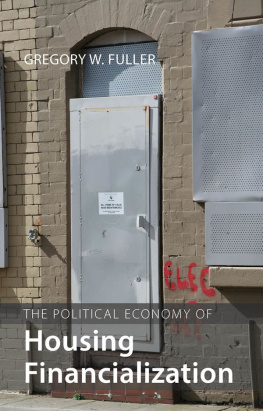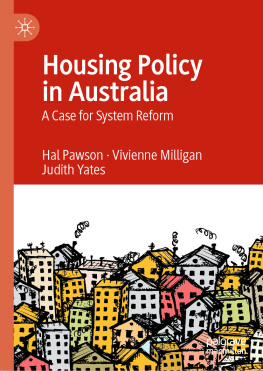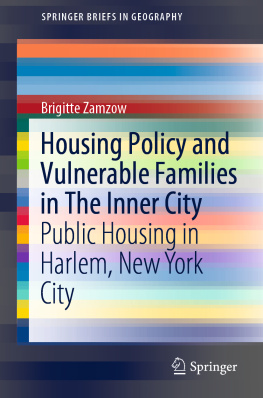HOUSING
THE NATION
A SINGAPORE POLICY STORY
HO, Kim Hin / David

Copyright 2021 by HO, Kim Hin / David.
Library of Congress Control Number: | 2020924880 |
ISBN: | Hardcover | 978-1-5437-6250-1 |
Softcover | 978-1-5437-6248-8 |
eBook | 978-1-5437-6249-5 |
All rights reserved. No part of this book may be used or reproduced by any means, graphic, electronic, or mechanical, including photocopying, recording, taping or by any information storage retrieval system without the written permission of the author except in the case of brief quotations embodied in critical articles and reviews.
Because of the dynamic nature of the Internet, any web addresses or links contained in this book may have changed since publication and may no longer be valid. The views expressed in this work are solely those of the author and do not necessarily reflect the views of the publisher, and the publisher hereby disclaims any responsibility for them.
www.partridgepublishing.com/singapore
CONTENTS
Over 100 years ago, this (Singapore) was a mud
flat, swamp. Today, this is a modern city. Ten years
from now, this will be a metropolis. Never fear.
(The first Prime Minister of Singapore Lee Kuan Yew, 1965)
This book highlights the findings, contributions and recommendations made on several crucial issues, concerning the subject of the large and complex physical infrastructural provision. like the ubiquitous yet high quality Public Housing in Singapore. Chapter 1 takes a close look at public housing, i.e. the Housing & Development Board (HDB) housing in Singapore, which has evolved from the provision of basic housing shelter needs to meeting the rising aspirations of Singapores resident population for a better quality of life. This Chapter develops a unique and state-of-the-art dynamic, structural public housing macroeconomic model (DSPHM), based on an open economy for several key macroeconomic variables, actual and expected, as well as the demand for new HDB flats sold. Through scenario analysis in scenario planning format, The Chapter readily adopts the DSPHM for simulating two scenarios, namely a no change first scenario and a public housing deregulation second scenario. In both scenarios, there is the same GDP expansion over the next 10 years. The first scenario is conclusive that beyond the optimal point of overwhelming public housing provision, the supply line of additional new HDB flats must rise at a slower pace (and in small doses) at the margin. This optimal point is favorable from an allocative efficiency perspective of scarce public housing resources. The second scenario is conclusive that the deregulation of public housing continues to sustain household affordability for new HDB flats even into the medium term (i.e. the next 6 years) at the least, and before private mortgage interest rates start to rise to become excessive. This second deregulation scenario also indicates the possible emergence of several new policy measures for the Singapore public housing sector a rental HDB housing policy measure, privatization of HDB mortgages as a new policy measure, and private market securitization of HDB mortgages as a further new policy measure.
Chapter 2 explores the relationship between several economic factors and the demand for public housing in Singapore and Hong Kong. This Chapter deploys the innovative and versatile system dynamics model, to shed better understanding on the policy implications of assisted ownership housing, via assessing the demand for new flats in both the Singapore and Hong Kong economies, under certain macroeconomic policy changes that are suitable for their unique situations. In Hong Kongs case, it is found that the HOS/PSPS demand would be around similar levels regardless of the performance of the economy. In a sense, the decision by the Hong Kong Special Administrative Region (HKSAR) government to cease selling HOS/PSPS flats is not justified in this Chapter, given the existing regulations of the Home Ownership Scheme (HOS), launched in 1978 by the Hong Kong Housing Authority (HA), along with another scheme known as the Private Sector Participation Scheme (PSPS). The Chapter suggests a relaxation of regulations regarding the premium arrangements of the resale of HOS/PSPS flats on the open market. Similar to the Singapore governments HDB scheme, that by deferring the premium payment schedule till after the transaction, should not only ease the financial burden of the HA in the construction of new flats, but also help to foster a more developed open market for the HKSAR governments HOS/PSPS flats. In the case of Singapore, the Chapter suggests an opening of the public housing (HDB) mortgage market to private sector mortgages under open competition. The fall in the demand for HDB flats shown in the Chapter can be attributed to rising demand in the secondary HDB housing market, owing to HDBs relatively lenient requirements. The Chapter offers meaningful insights on the the potential, sustainable development of the HDB mortgage market by the private sector under open competition.
Chapter 3 is concerned with the underlying structural relationships that affect Singapores public housing policy to potentially privatize the HDB concessionary-rate mortgage loans for HDB homebuyers. Such a potential privatization infuses and sustains price competitiveness among the domestic private banks in Singapore, and lead to improved efficiency among them as well as the Singapore economy at large. Two structural relationships are discussed in terms of the mortgage interest rate structure. First, a comparison is made between the HDB hurdle rates and the HDB mortgage yields to examine the notion of the potential privatization of the HDB concessionary rate mortgage loans. The examination reveals that the private banks interest rates are lower than HDB concessionary rates on average for a 30 year-mortgage term. Therefore, it makes it more attractive for HDB homebuyers to take up the private banks mortgages rather than the HDB mortgages. The likely reason for the lower interest rates offered by the private banks is primarily due to price competition in terms of the interest rate structure, which the individual banks face among themselves and with the HDB. Secondly, the HDB hurdle rates and the HDB mortgage yields are examined. As the measure of the efficiency of the HDB mortgage financing activity, the examination reveals that the HDB mortgage yields are generally lower than the HDB hurdle rates. Therefore, it is more worthwhile to pass the HDB mortgage financing activity to the private sector, where the Singapore domestic private banks are viable in generating better mortgage yields. Chapter 3 is not without its limitations. First, the private banks interest rates in Singapore are compared on the assumption that the interest rates would be fixed for a 30 year-loan term. This is because it is not possible to anticipate the floating interest rates offered by the private banks. Such private banks would usually offer fixed interest rate up to a maximum period of two years. Similarly, a fixed interest rate for the HDB concessionary interest rate is assumed and for a much longer 30-year mortgage term. Such a fixed HDB interest rate is not entirely accurate because the HDB offers fixed interest rate but subject to revision every 3 months. Secondly, the estimated hurdle rates may not precisely represent the HDB hurdle rate, as the cost of equity data is solely based on CapitaLand Limited. Estimates of the HDB hurdle rates can be sourced from other public listed real estate companies to possibly establish a more accurate cost of equity.
Next page
